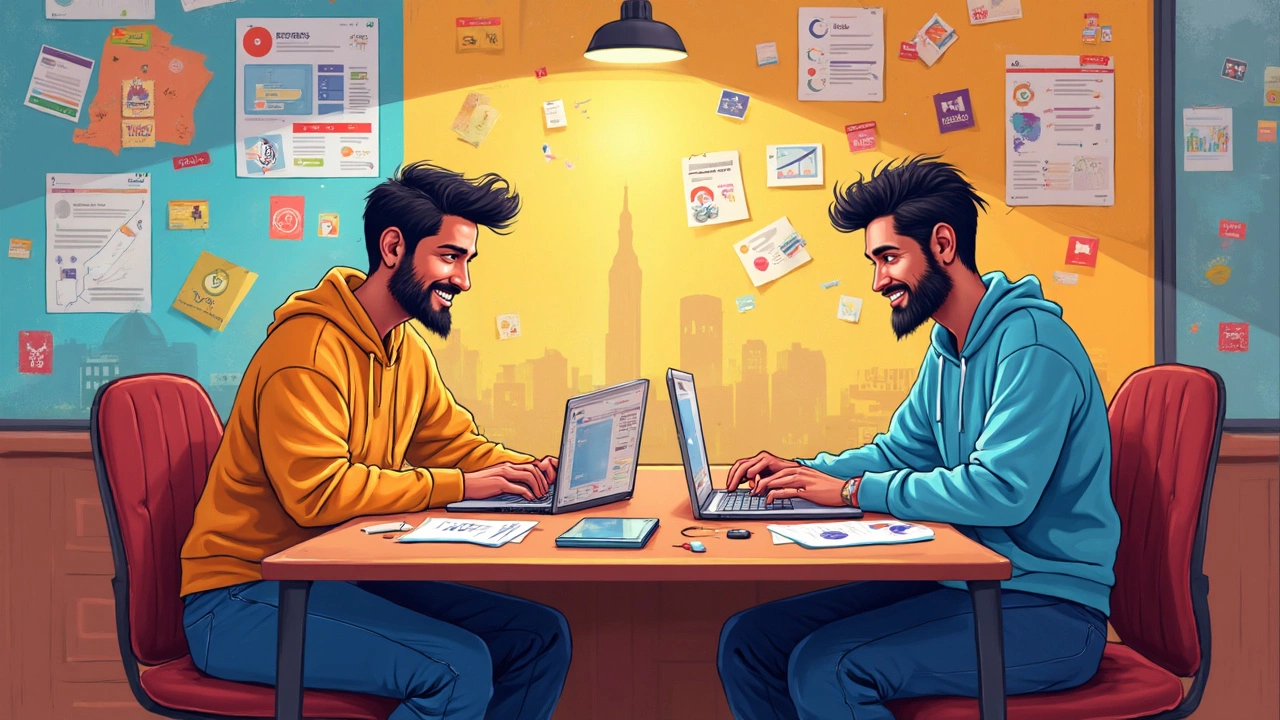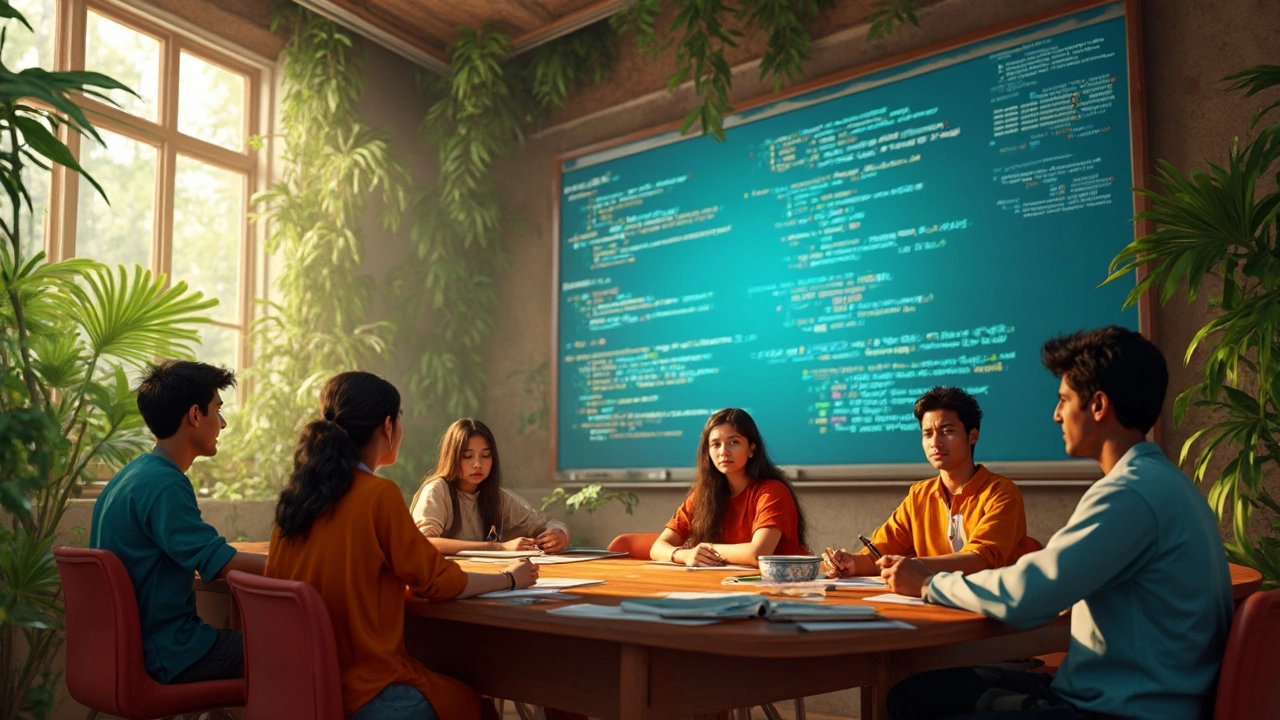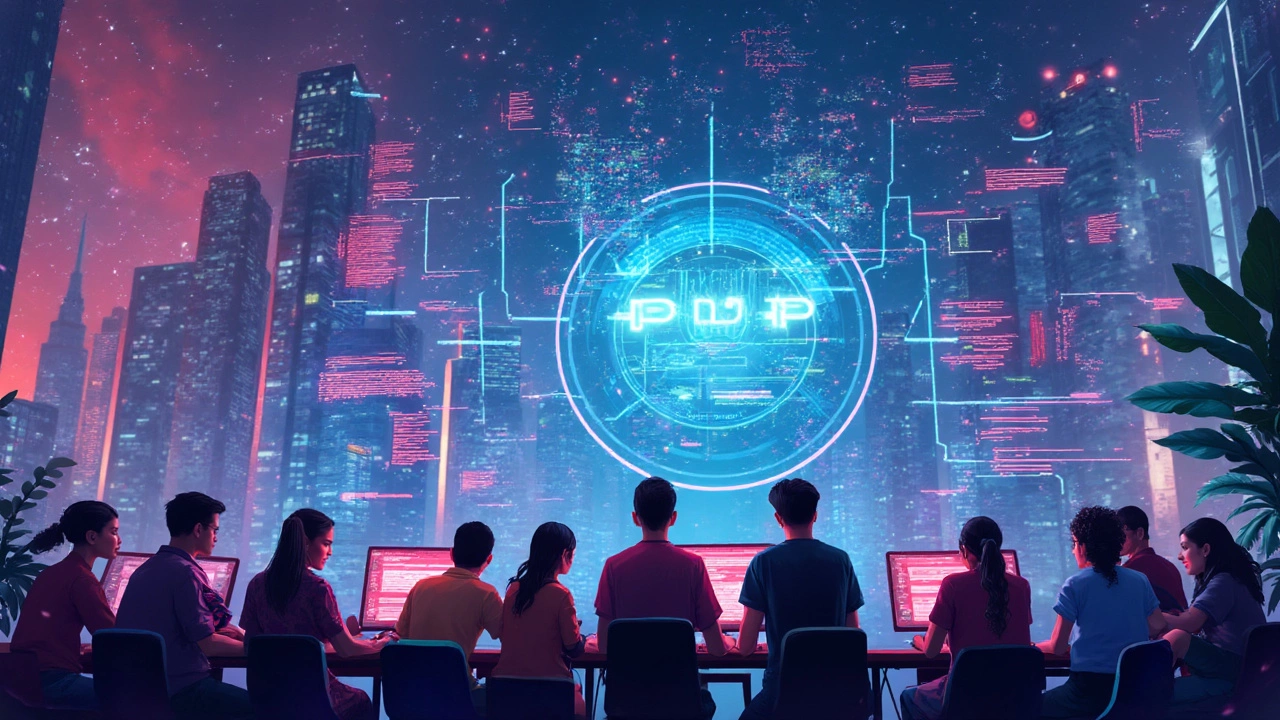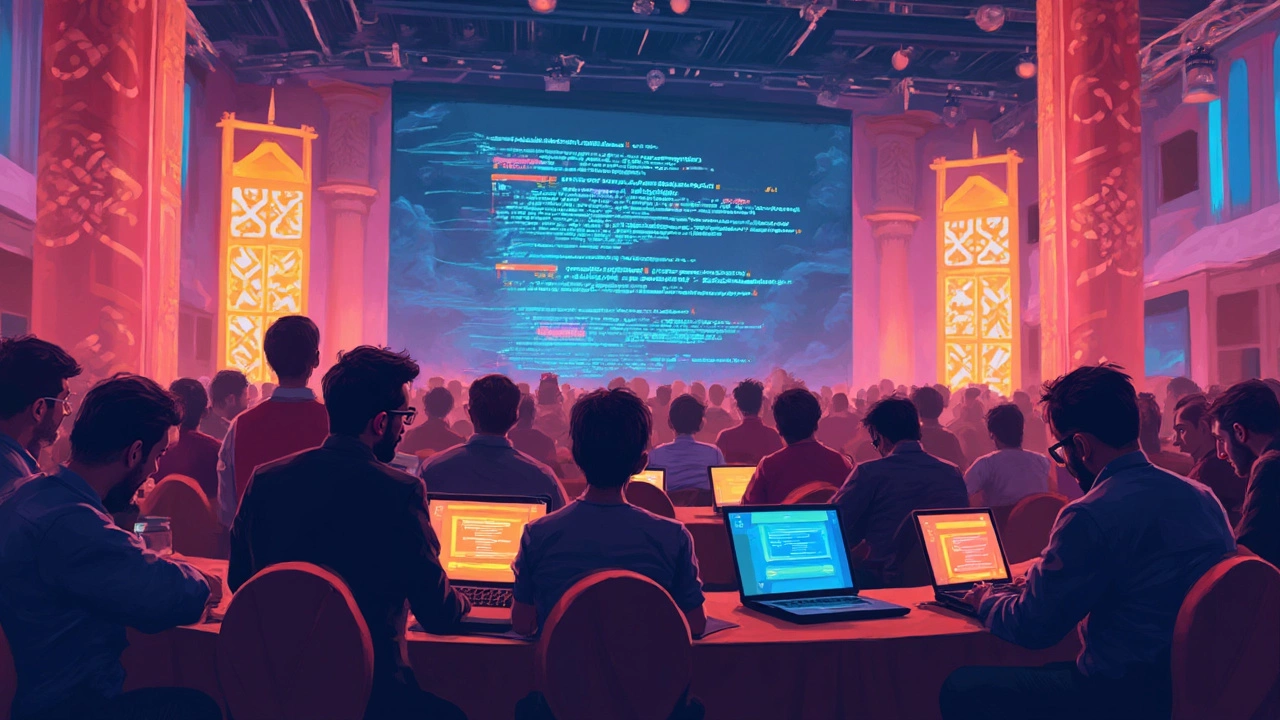Programming: Guides, Tips, and Trends for Every Coder
When talking about Programming, the practice of writing code to create software, websites, and digital tools. Also known as coding, it powers everything from simple scripts to complex AI systems. At its core, programming blends logical problem‑solving with creative thinking. Whether you’re drafting a one‑page site or building a multi‑layered app, the same basic steps—understanding requirements, designing a solution, writing code, testing, and iterating—stay the same. This consistency lets you jump between languages and projects without starting from scratch, and it explains why new programmers can pick up fresh tools quickly.
How Programming Connects to Web Development, Backend, and Frontend
One of the biggest branches of programming is Web Development, building and maintaining websites and web applications. Web development splits into two main streams. Backend Development, server‑side logic, databases, and APIs that power web apps handles data processing, authentication, and performance optimization. Meanwhile, Frontend Development, the part of a website users interact with, built with HTML, CSS, and JavaScript focuses on layout, interactivity, and visual polish. The three together form a full‑stack workflow: the backend delivers the data, the frontend displays it, and web development ties them into a seamless experience. Understanding how these pieces interact is essential for anyone who wants to turn a design mockup into a live site that works on any device.
Design isn’t separate from programming—UI/UX design lives right alongside it. Good UI (user interface) ensures the layout is intuitive, while UX (user experience) guarantees the flow feels natural. Both rely on feedback loops with developers: designers sketch wireframes, developers prototype with code, and both iterate based on user testing. Modern tools let designers export components directly into code, reducing hand‑off friction. At the same time, programmers need a solid grasp of design fundamentals—spacing, contrast, color theory—to implement clean, accessible interfaces. This synergy shows why many articles on programming also cover design topics, from responsive grids to accessibility audits. As AI tools get smarter, they’re starting to suggest code snippets and even UI layouts, but the human touch in visual storytelling remains irreplaceable.
Beyond the tech, programming shapes careers. Salaries for web developers, full‑stack engineers, and UI/UX specialists keep climbing, especially for those who can bridge multiple domains. Remote work options have exploded, allowing coders to pick projects worldwide without relocating. Learning paths vary: some people enroll in bootcamps, others self‑study with free resources, and a few opt for formal degrees. Whichever route you choose, building a solid portfolio—showcasing live sites, open‑source contributions, or design prototypes—makes a real difference when applying for jobs. The posts below dig into these exact topics: salary guides, roadmap plans, language comparisons, and practical design advice. Explore them to see how you can sharpen your skills, pick the right stack, and land the role you want.
Python vs JavaScript: Which Is Easier to Learn?
- Jaxon Millwater
- JavaScript
- 0 comment
New coders face a big choice: start with Python or JavaScript? This article breaks down which of these two languages is easier, how their learning curves compare, and what real beginners say about each. You'll get a look at practical examples, some cool facts, and tips for getting started without feeling overwhelmed. Ignore the hype—here’s the honest scoop on Python vs JavaScript. Get ready to pick the right language for your journey.
VIEW MOREJava or PHP for Backend: Which Should You Learn First?
- Jaxon Millwater
- PHP Development
- 0 comment
Not sure whether to pick Java or PHP for backend development? This article breaks down how each stacks up for web projects, job opportunities, and learning curve for newcomers. Get the facts on frameworks, community support, and practical use cases so you can make a smart decision. Dive into real-world tips, common mistakes to dodge, and what matters for 2025’s job market. Pick the language that fits you, not just the hype.
VIEW MORECan I Be a Web Developer as a Side Hustle? What You Need to Know
- Jaxon Millwater
- Freelance Web Development
- 0 comment
Wondering if web development fits your busy life as a side gig? This article digs into what's needed to kick off web development while holding another job. You'll find real pros and cons, tips for balancing your time, and how to start even if you don't have experience. Learn what skills matter, where clients actually come from, and how long it really takes to land your first project. Cut through the noise—get practical advice that makes the idea of freelancing as a developer actually doable.
VIEW MOREIs PHP Needed for WordPress?
- Jaxon Millwater
- WordPress Development
- 0 comment
PHP plays a crucial role in running WordPress by enabling dynamic content generation and rich web experiences. As an open-source scripting language, PHP powers the WordPress core, making it essential for developing themes and plugins. Even though you don't have to be a PHP expert to use WordPress, understanding its basic functions can significantly enhance your ability to customize and troubleshoot. With PHP being a backbone of WordPress, grasping its fundamentals can elevate your development game.
VIEW MOREShould I Learn PHP or Python for Backend?
- Jaxon Millwater
- PHP Development
- 0 comment
Choosing between PHP and Python for backend development can be a challenge, especially when each language has unique strengths. This article breaks down their differences, including ease of learning, community support, and job opportunities. We highlight specific scenarios where one might outshine the other, helping you make an informed decision based on your needs. Whether you're a beginner or looking to expand your skills, this guide is for you.
VIEW MORECan You Become a Full Stack Developer in 3 Years?
- Jaxon Millwater
- Web Development
- 0 comment
Thinking about becoming a full stack developer in just three years? It's totally possible with the right mindset and dedication. In this article, we'll explore the steps you need to take to master both front-end and back-end development. From choosing the right programming languages to practical tips on gaining real-world experience, we've got you covered. Dive in to find out how you can set a solid foundation for a successful coding career.
VIEW MOREUnderstanding PHP Development: A Beginner's Guide
- Jaxon Millwater
- PHP Development
- 0 comment
PHP development is a crucial aspect of creating dynamic websites. This article explores what PHP development entails, its importance, and some interesting facts about this widely-used scripting language. Discover practical tips for starting with PHP and how it seamlessly integrates with various technologies. Dive into PHP's ecosystem to understand its role in shaping modern web experiences.
VIEW MORECan PHP Be Replaced by Python in Web Development?
- Jaxon Millwater
- PHP Development
- 0 comment
PHP and Python are popular languages in web development, each with its own strengths. This article explores whether or not Python can replace PHP in the industry by comparing their features, use cases, and community support. Despite their differences, both languages have loyal followings and are often chosen based on specific project needs. Understanding the scenarios where one might have an advantage over the other can help developers make better decisions.
VIEW MOREPython vs Java: Choosing the Right Language for Your Coding Journey
- Jaxon Millwater
- JavaScript
- 0 comment
With two of the most popular programming languages vying for attention, deciding between Python and Java can be a tough call for both beginners and experienced coders. This article delves into the fundamental differences between these languages, their strengths, and which might be the better fit depending on your interests or career aspirations. It offers insights into how these languages stack up in terms of simplicity, versatility, and community support. Readers will also find unique tips tailored to the specific uses and merits of each language.
VIEW MOREIs Learning Web Development in 2024 Still a Smart Career Move?
- Jaxon Millwater
- Web Development Frameworks
- 0 comment
As we step into 2024, the field of web development continues to evolve with new technologies and frameworks. Aspiring developers might wonder if it's still worthwhile to embark on this journey. This article delves into the current relevance of web development skills, exploring emerging technologies and career opportunities. It provides insights for both beginners and experienced developers looking to stay updated.
VIEW MORECategories
- Responsive Web Design (13)
- Tech Careers (13)
- UX UI Design (12)
- Web Development Courses (11)
- SEO for Web Developers (11)
- PHP Development (10)
- JavaScript (9)
- Ecommerce Websites (9)
- Web Development Frameworks (8)
- Front End Development (6)
Popular posts
-
C++ vs PHP: Key Similarities and Differences in Modern Programming
Jaxon Millwater -
What Replaced PHP? Modern Server‑Side Alternatives Explained
Jaxon Millwater -
Unlocking the Profit Potential of eCommerce in 2025
Jaxon Millwater -
Is Learning UX Worth It in 2024? Pros, Salary & Career Outlook
Jaxon Millwater -
Can You Master Full Stack in Just 3 Months?
Jaxon Millwater









